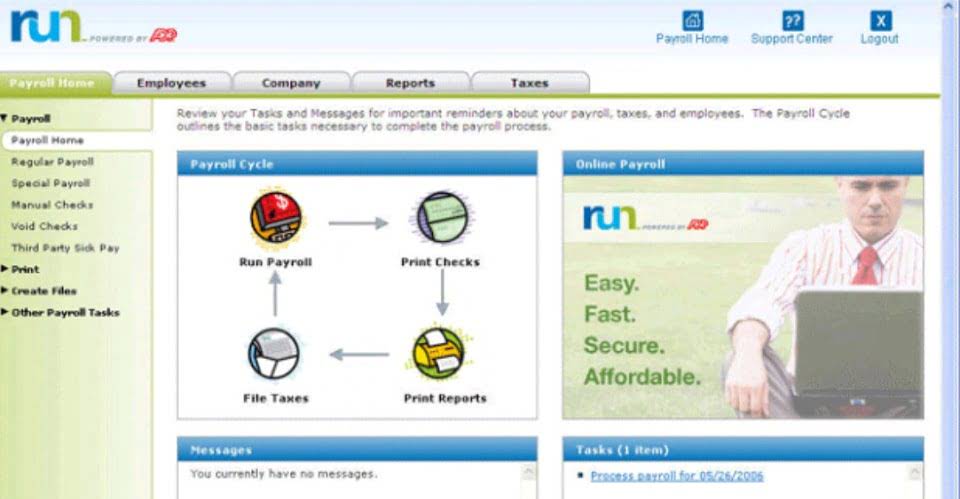How to Calculate Present Value Excel Function PV

To make this program successful, a $435,000 per year operating cost will be incurred from the regular maintenance and operation budget. Use the B/C method to determine if the grants program is economically justified. The rate of present worth formula return can be useful when issuing bonds, which is a common way to pay for large engineering infrastructure projects. Local and state agencies can often not afford to pay for mega projects, so they will issue bonds that investors can purchase.
- Companies frequently need to decide whether to allocate resources towards sustainable projects that could yield long-term benefits but might require substantial early-stage investments.
- Or for computing the amount to be paid now given the interest rate and future payments.
- Suppose we are calculating the present value (PV) of a future cash flow (FV) of $10,000.
- If someone offers you 1000 dollars today or promises to give you 1050 dollars after a year, you may be tempted to wait and take the larger sum later.
- Alternatively, when an individual deposits money into a bank, the money earns interest.
Present Value vs. Future Value: What is the Difference?

But being able to compare present and future cash flows of different amounts would be Bookkeeping for Painters useful to help us determine in which situations we would be willing to wait for a future cash flow. The present value (PV) calculates how much a future cash flow is worth today, whereas the future value is how much a current cash flow will be worth on a future date based on a growth rate assumption. A mentioned, the discount rate is the rate of return you use in the present value calculation. It represents your forgone rate of return if you chose to accept an amount in the future vs. the same amount today.

Example of PV Formula in Excel

Internal Rate of Return (IRR) is another popular approach, which identifies the discount rate that makes the net present value of cash flows zero. While IRR provides a single percentage figure that is easy to compare across projects, it can be misleading when dealing with non-conventional cash flows or multiple IRRs. Present value, on the other hand, offers a more straightforward and reliable measure by focusing on the actual dollar value today. Changes in the discount rate can dramatically affect the present value of future cash flows. For instance, a higher discount rate will decrease present value and can make an investment appear less attractive than it may be. Choosing an appropriate discount rate is a subjective process, and slight variations can result in significant deviations in present-value estimates.
Formula to Calculate Present Value (PV)

If offered a choice to receive a certain sum of money right now or defer the payment into the future, which would you choose? In the financial world, this is explained by the time value of money concept. The sum of all the discounted FCFs amounts to $4,800, which is how much this five-year stream of cash flows is worth today. Using those assumptions, we arrive at a PV of $7,972 for the $10,000 future cash flow in two years. Present value is based on the concept that a particular sum of money today is likely to be worth more than the same amount in the future, also known as the time value of money. Conversely, a particular sum to be received in the future will not be worth as much as that same sum today.
- Other techniques, such as rate of return, exist to understand the consequence of choosing the correct interest rate when evaluating loan or bonding options.
- Starting off, the cash flow in Year 1 is $1,000, and the growth rate assumptions are shown below, along with the forecasted amounts.
- This process helps in accurately assessing the trade-off between the present consumption and future consumption of any investment.
- As an approximation in this simple example, you could just say that the Discount Rate represents what you expect to earn on other, similar investments.
- A mentioned, the discount rate is the rate of return you use in the present value calculation.
How to Calculate and Solve for Annual Worth Gradient Series Economic Equivalence
Take your time to think about the equation and think about how it is actually a function of two things — future expectations and risk. Given this information, the annuity is worth $10,832 less on a time-adjusted basis, so the person would come out ahead by choosing the lump-sum payment over the annuity. To calculate the Net Present Value instead, you must enter a negative cash flow in the beginning to represent the upfront purchase price or subtract the upfront price manually QuickBooks in the formula. A positive NPV indicates that the projected earnings from an investment exceed the anticipated costs, representing a profitable venture.
